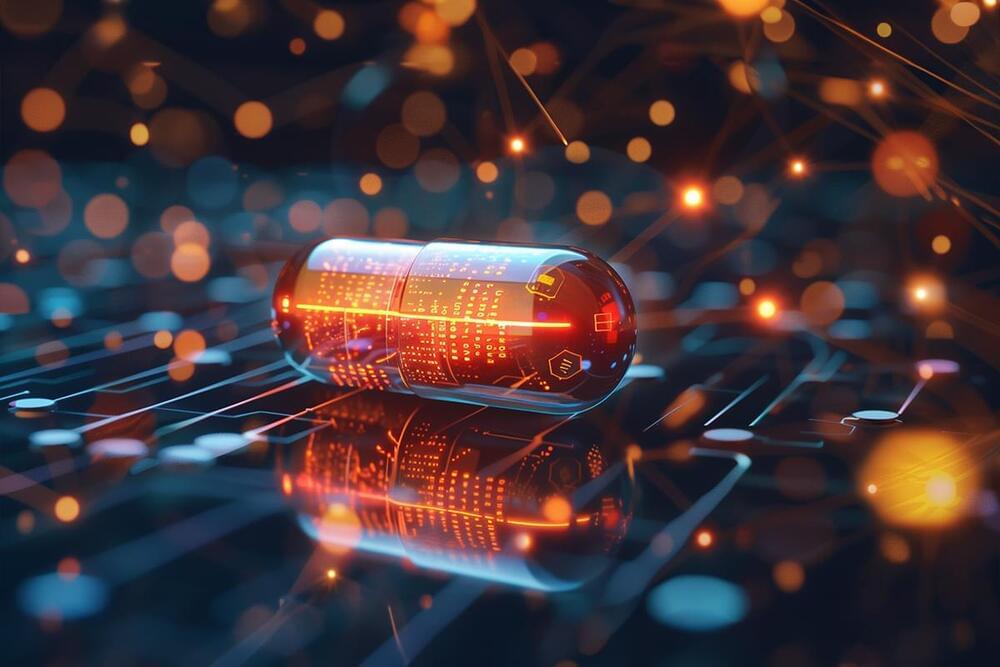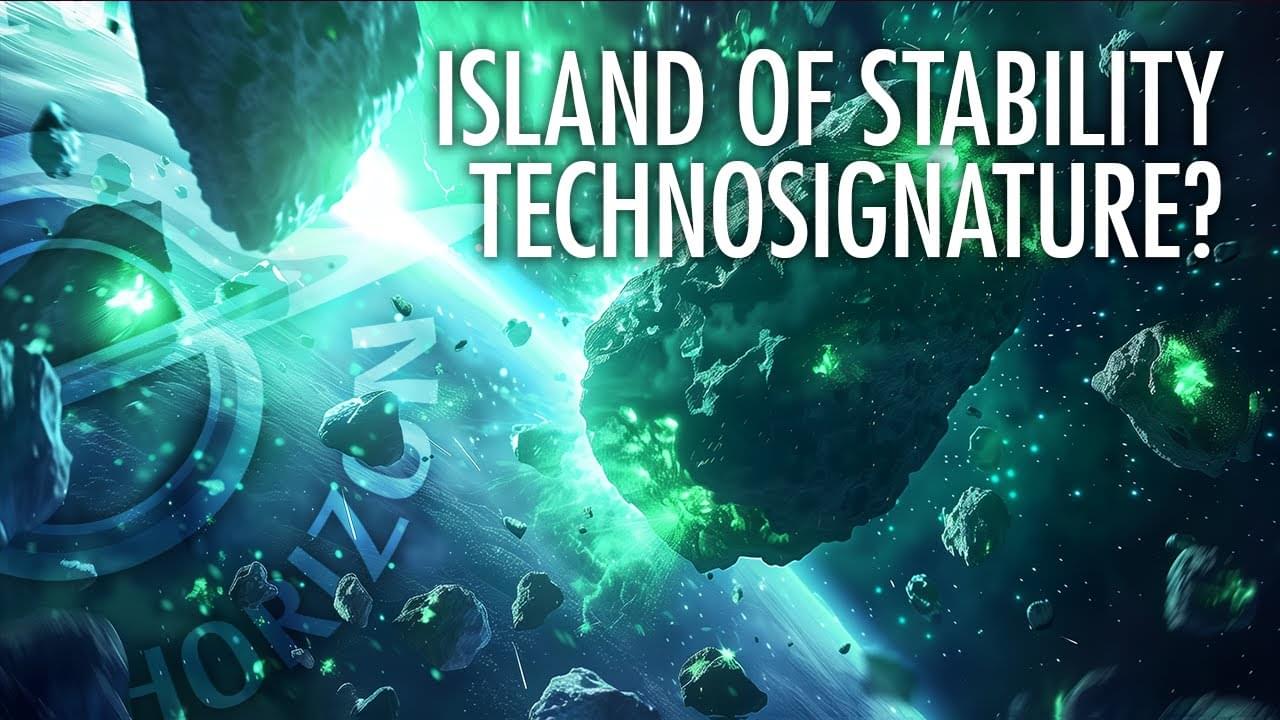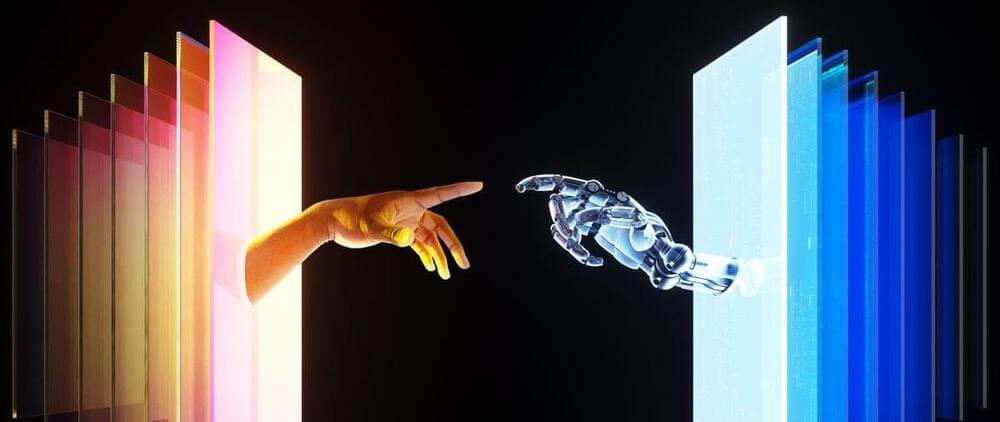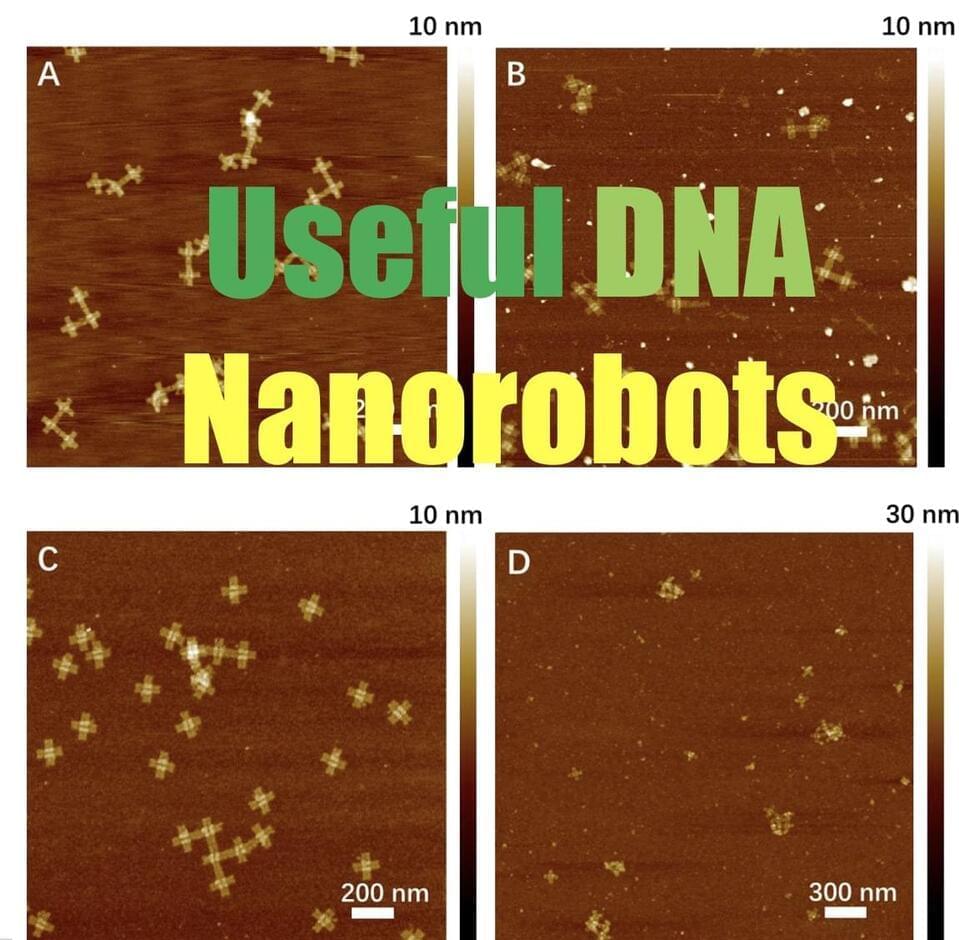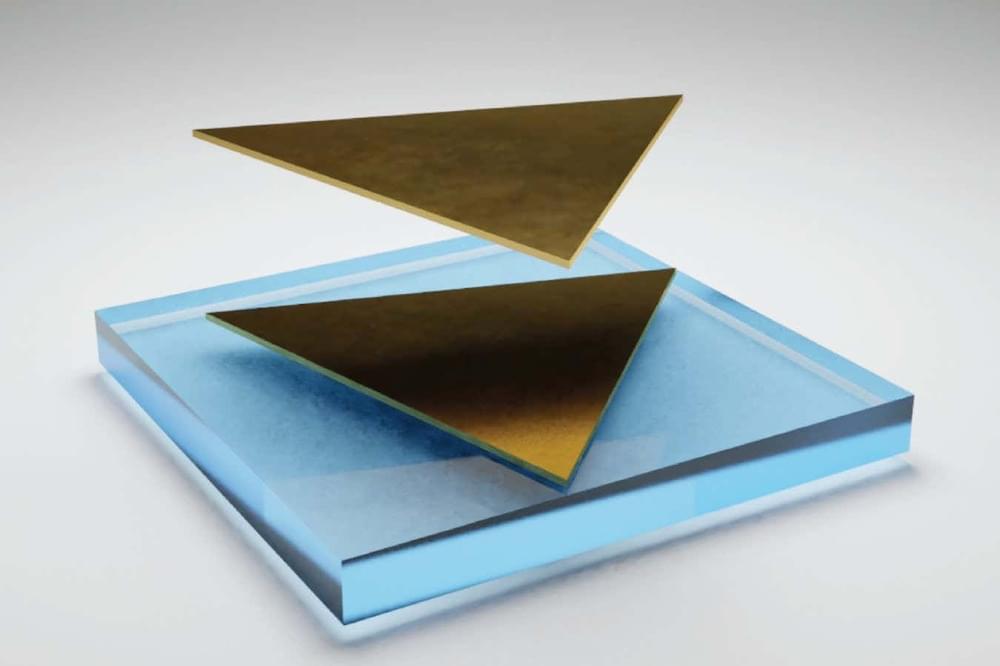Apr 24, 2024
Adobe’s impressive AI upscaling project makes blurry videos look HD
Posted by Dan Kummer in category: robotics/AI
Adobe researchers have developed a new generative AI model called VideoGigaGAN that can upscale blurry videos at up to eight times their original resolution. Introduced in a paper published on April 18th, Adobe claims VideoGigaGAN is superior to other Video Super Resolution (VSR) methods as it can provide more fine-grained details without introducing any “AI weirdness” to the footage.
In a nutshell, Generative Adversarial Networks (GANs) are effective for upscaling still images to a higher resolution, but struggle to do the same for video without introducing flickering and other unwanted artifacts. Other upscaling methods can avoid this, but the results aren’t as sharp or detailed. VideoGigaGAN aims to provide the best of both worlds — the higher image/video quality of GAN models, with fewer flickering or distortion issues across output frames. The company has provided several examples here that show its work in full resolution.
Some of the finer details in the demo clips Adobe provided appear to be entirely artificial, such as the skin texture and creases in the below example, but the results appear impressively natural. It would be difficult to tell that generative AI was used to improve the resolution, which could extend the “what is a photo” debate to include video.


